LILA 2024 Jury Award
2024 Public Projects / Poland / Built in 2023
The Warsaw Uprising Mound Park is the Fourth Nature refuge created on an anthropogenic hill. For years, this site served as a repository for the debris from Warsaw after the city was destroyed in World War II, gradually giving rise to an artificial hill that now stands 35 metres above the surrounding flat and marshy landscape. After the landfill was closed in the mid-1960s, the hill became overgrown with vegetation that, over time, transformed into a ruderal “forest”.
In the 1990s, at the top of the mound, at the initiative of one of the participants of the Warsaw Uprising, Eugeniusz Ajewski “Kotwa,” a monument commemorating the symbols of the Polish resistance movement during World War II was erected. This modest initiative, preceding the official state narrative, turned this place into a venue for annual commemorations of the Warsaw Uprising.
However, this did not change the public perception of the mound, which was considered a place that was difficult to access and unsafe.
Its adaptation into a public park involved recognising its ecological and symbolic potential and making various uses of the rubble found on site. The Mound area was thus reclaimed in three different ways: symbolically, physically and by the Fourth Nature.
Read more here.
Recommended by Luisa Bravo



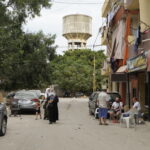
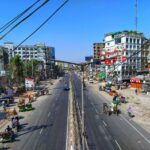

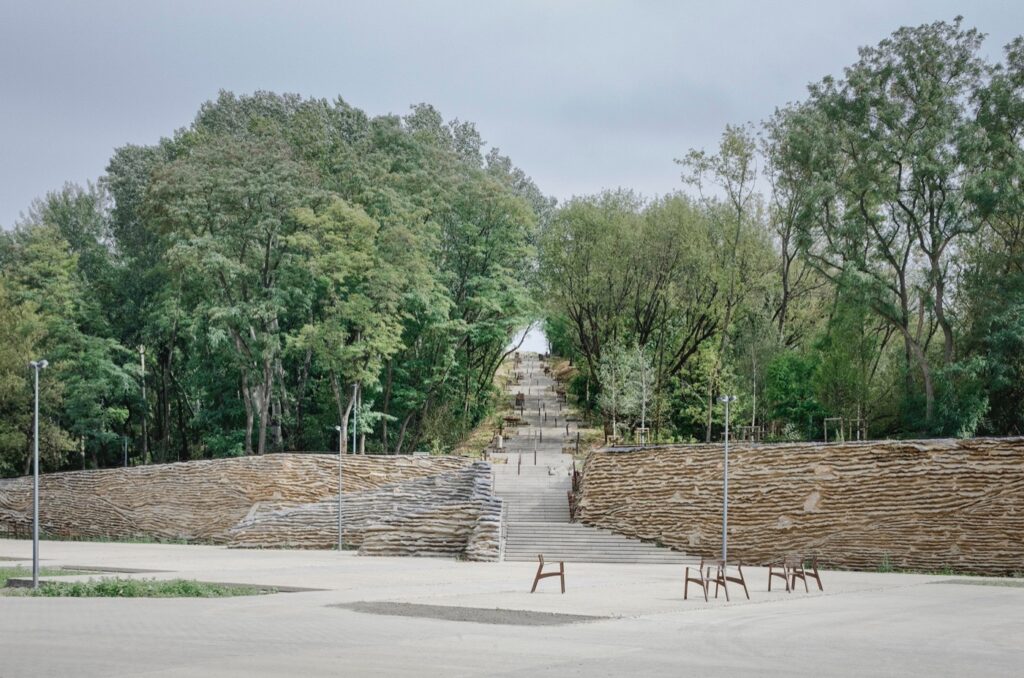
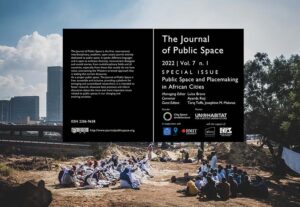


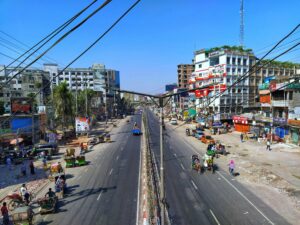
More Stories
A Space of Our Own
Are superblocks the future of urban living?
IBM is Making Cities Smarter